For those of us who are children of the 70’s, 80’s and 90’s, tie dye is like an old best friend. It was the pinnacle of 90’s fashion and could be found in shops and wardrobes up and down the country! From hats to t-shirts, tie dye was the go-to effect and just about everybody owned something featuring the classic swirling design.
In recent years we’ve seen a resurgence of tie dye but our love for it has never died! Not only is it a fun and easy craft that’s perfect for adults and children but it’s also ideal for upcycling old items. As we move away from fast fashion, tie dyeing is perfect for bringing a new lease of life to plain, unwanted pieces.
To help you rediscover the joy of tie dye, we’ve created a complete, comprehensive guide. We’ll cover what you need, how to tie dye and a multitude of different tie dyeing techniques for you to try.
Get ready because things are about to get colourful!
Your complete guide to tie dyeing
What is tie dyeing
Tie dyeing is a resist dyeing technique which is used to create patterns on fabric. It has been around for centuries and has been used by many cultures throughout the world. The first known record of tie dyeing dates back to 5th century China.
The famous tie dye pattern is created by tying parts of the fabric with bands to stop the dye from permeating specific parts of the fabric. This creates the ‘resist’ pattern.
There are plenty of different tie dyeing techniques out there and we will cover some of the most popular later in this guide.
First, we need to get you the right materials so you can start tie dyeing!
What you need for tie dyeing
There are three main materials you need when tie dyeing.
Fabric
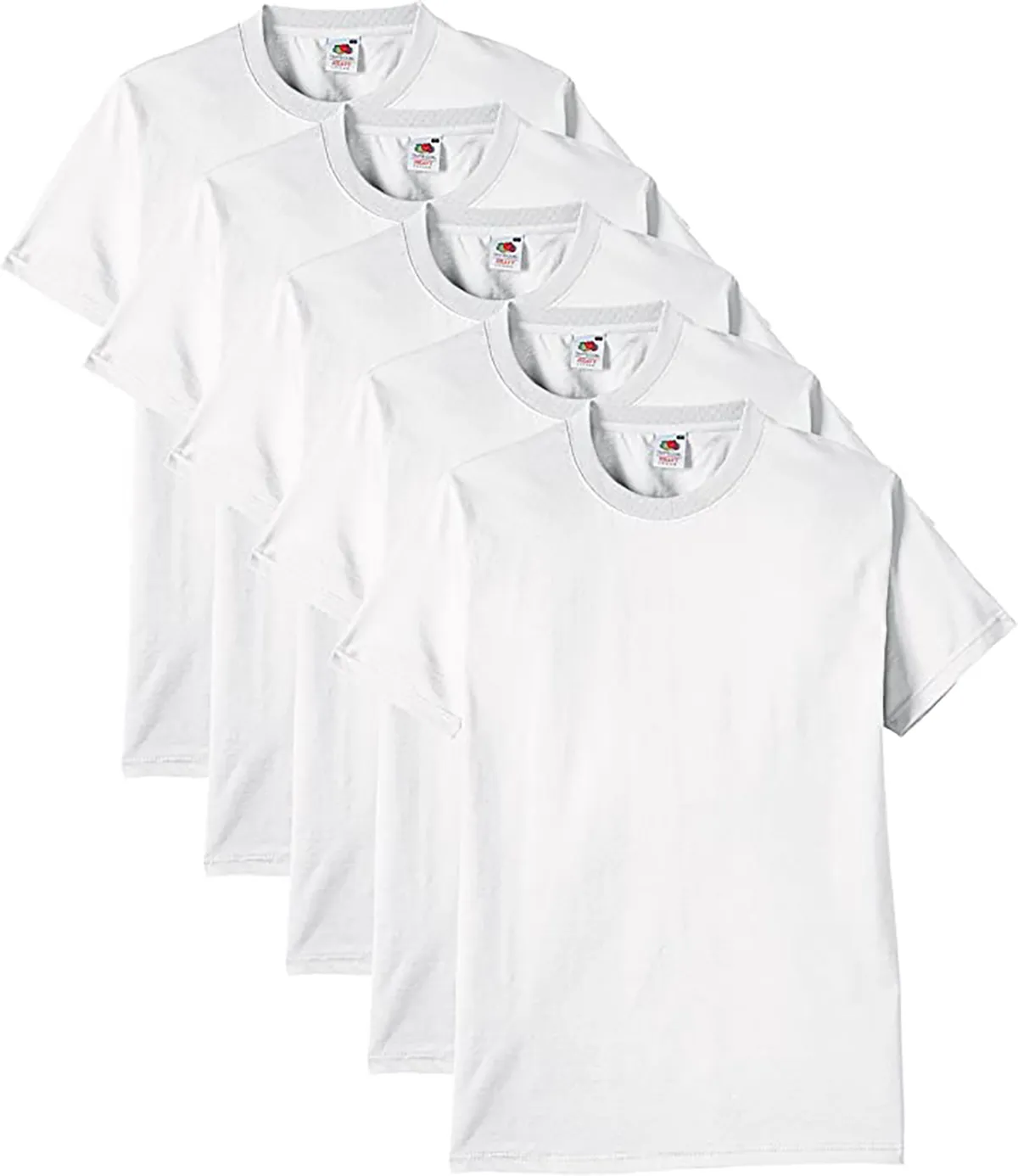
First, you need something to tie dye! There’s a huge range of things you can tie dye but it’s best to choose something which has neutral colouring. A plain base colour (white, cream, linen) will help the colours pop and pre-dyed fabric won’t absorb your tie dye well.
What are the best fabrics to tie dye?
It’s also important to consider the fabric of the material you’re hoping to tie dye. Every type of fabric has a different level of absorbance.
The best materials to use are natural fabrics (we talk more about natural fabrics here). The untreated fibres in natural fabrics will absorb dye the best and are most likely to hold on to the colour over time.
These are the best natural fabrics for tie dyeing:
- Cotton
- Jersey
- Muslin
- Bamboo
- Wool
- Cotton/Hemp Blends
- Denim
- Rayon
- Silk
Synthetic fabrics can also be used but the tie dye may be less vibrant. This is because they’re less porous so they won’t absorb as much dye. Your tie dye is likely to fade further after washing too.
If you do want to opt for a synthetic fabric it’s best to go for a synthetic blend. Choose cotton/polyester blends where the fabric is at least 50% cotton. Be aware that your tie dye colours may be more faded due to the blend.
Dye
Now it’s time for the star of the tie dyeing show – the dye! There’s lots of different types of dyes on the market but not all are suitable for tie dyeing.
What is the best dye for tie dyeing?
When it comes to tie dyeing, look for a fibre reactive dye. Other dyes on the market stain your fabric by coating it which makes it more likely to wash out. Fibre reactive dye binds with your fabric, giving it a vivid, permanent colour. This type of dye is less likely to fade and become discoloured.
The best dye for tie dyeing
These three types of dye are perfect for tie dyeing. They’re affordable, colourful and will produce beautiful results!
Craft Lab’s tie dye refill kit
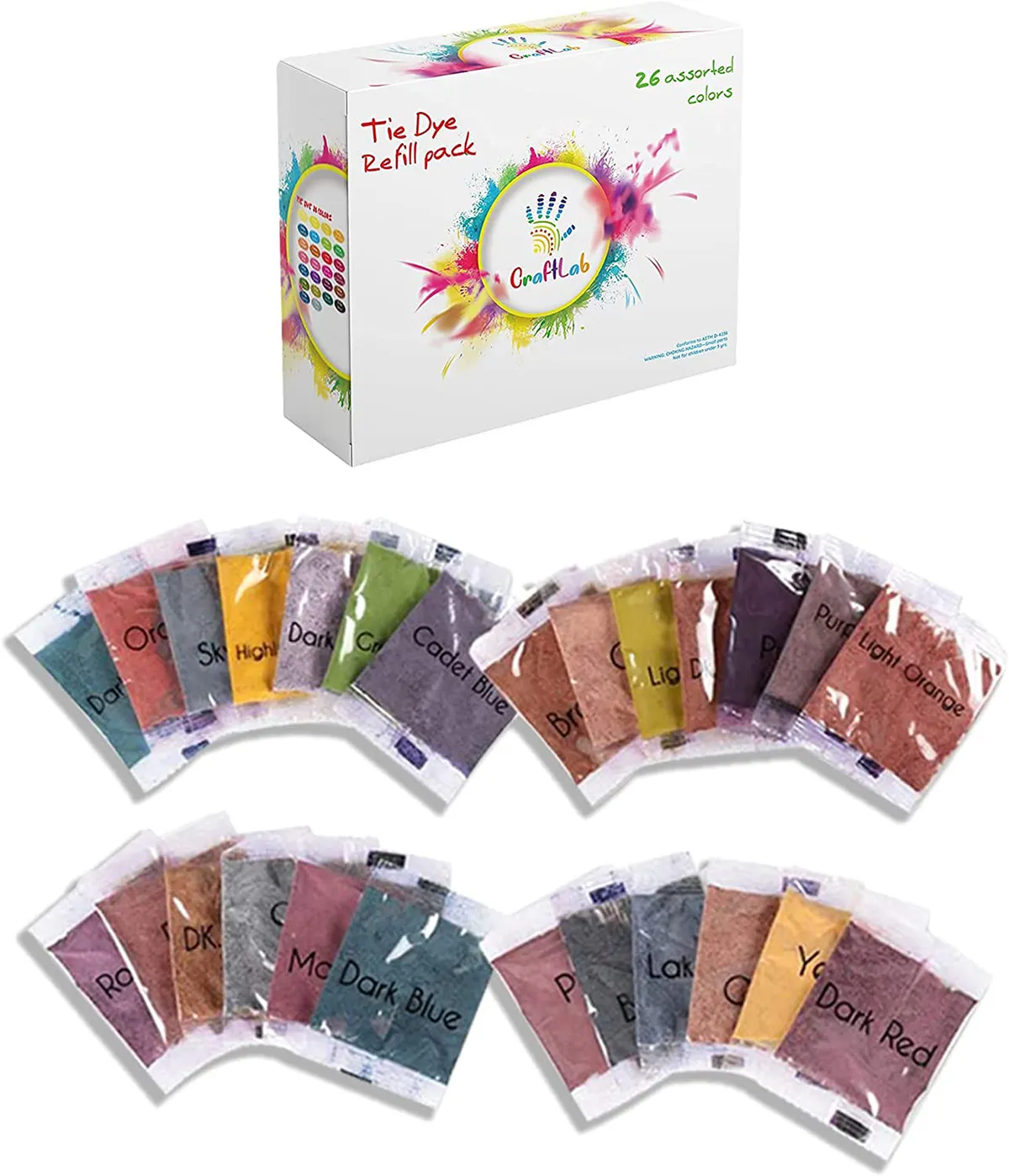
This refill pack is ideal for beginners. Not only does it come with protective equipment and mixing bottles, but it also includes 26 dyes for you to experiment with. There’s a range of shades in the kit, ranging from deep blues to sunshine yellows. All the dyes are non-toxic and fibre reactive.
Nakoma Rit Liquid Dye
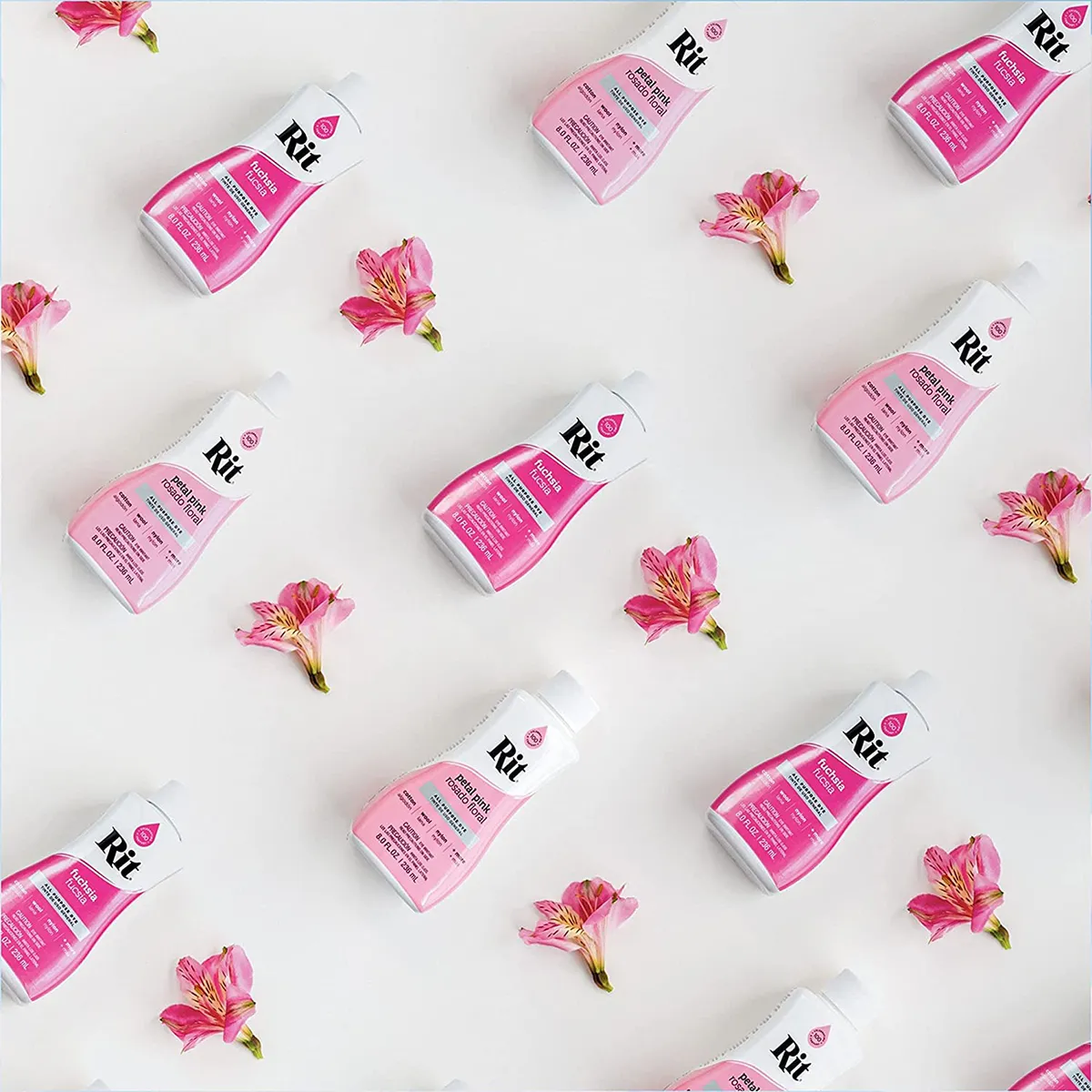
Nakoma Rit has a huge range of liquid dyes in gorgeous colours. How lovely is this Petal Pink shade? All their liquid dyes are suitable for tie dyeing and can be used on wool, linen, nylon and even wood!
DYLON dye sachets
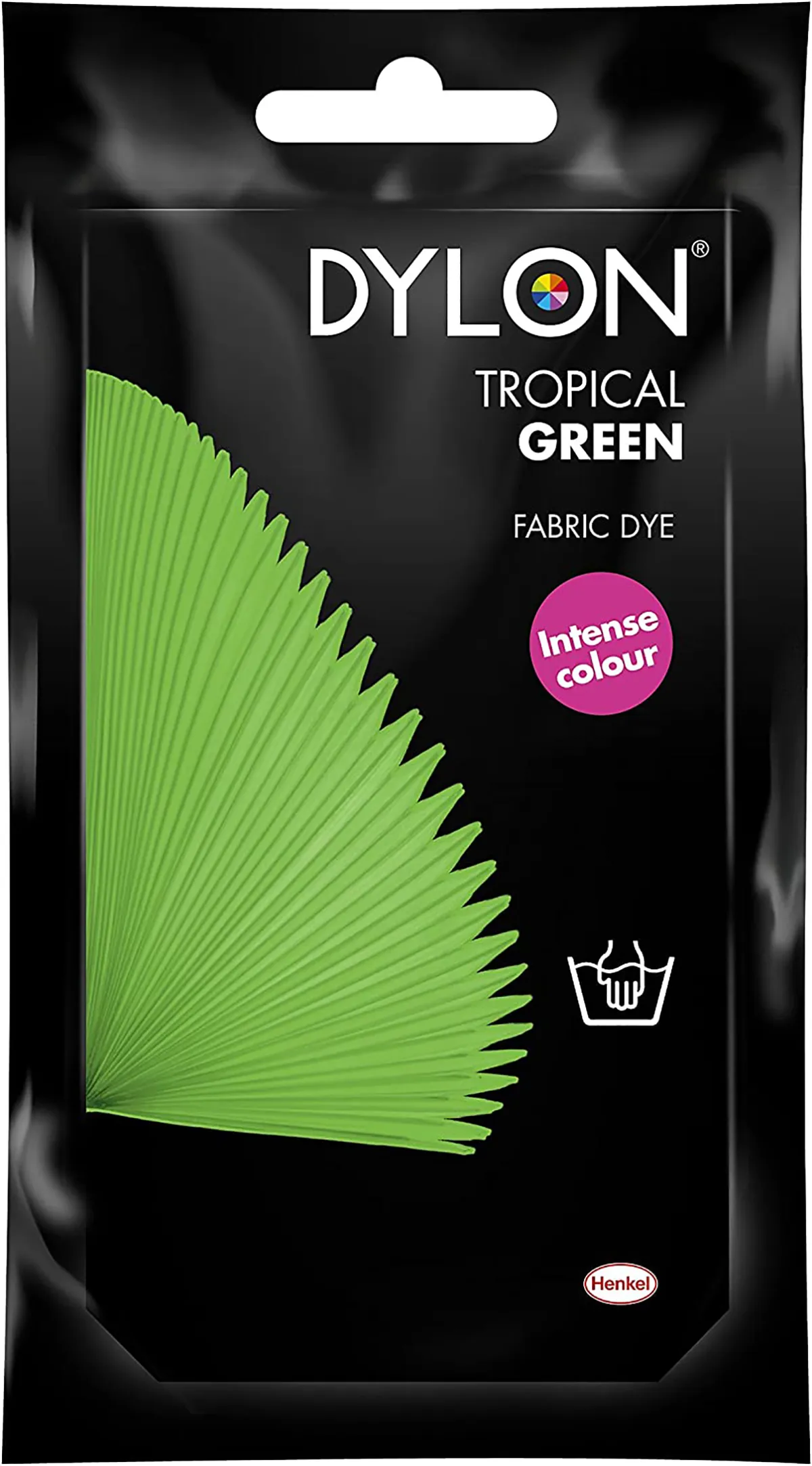
If you’re only dyeing one item then these sachets by DYLON are perfect. At just £3 each, they’re ideal for people wanting a quick tie dyeing solution. They sell an impressive shade range too – this tropical green would be amazing to tie dye with!
Remember if you want to create a tie dye pattern with multiple colours you’ll need to buy a selection of sachets.
Bands
Rubber bands are a must when it comes to tie dyeing. They’re essential and create the iconic swirling patterns we all know and love. You can buy rubber bands online or (for a more sustainable option) collect the bands which often come with parcels and groceries!
Although you can technically use other materials to tie your items (thread, clamps, hair bands) we’d recommend using rubber bands. You can tie them tighter and they’re waterproof, allowing you to create neater patterns.
Protective equipment
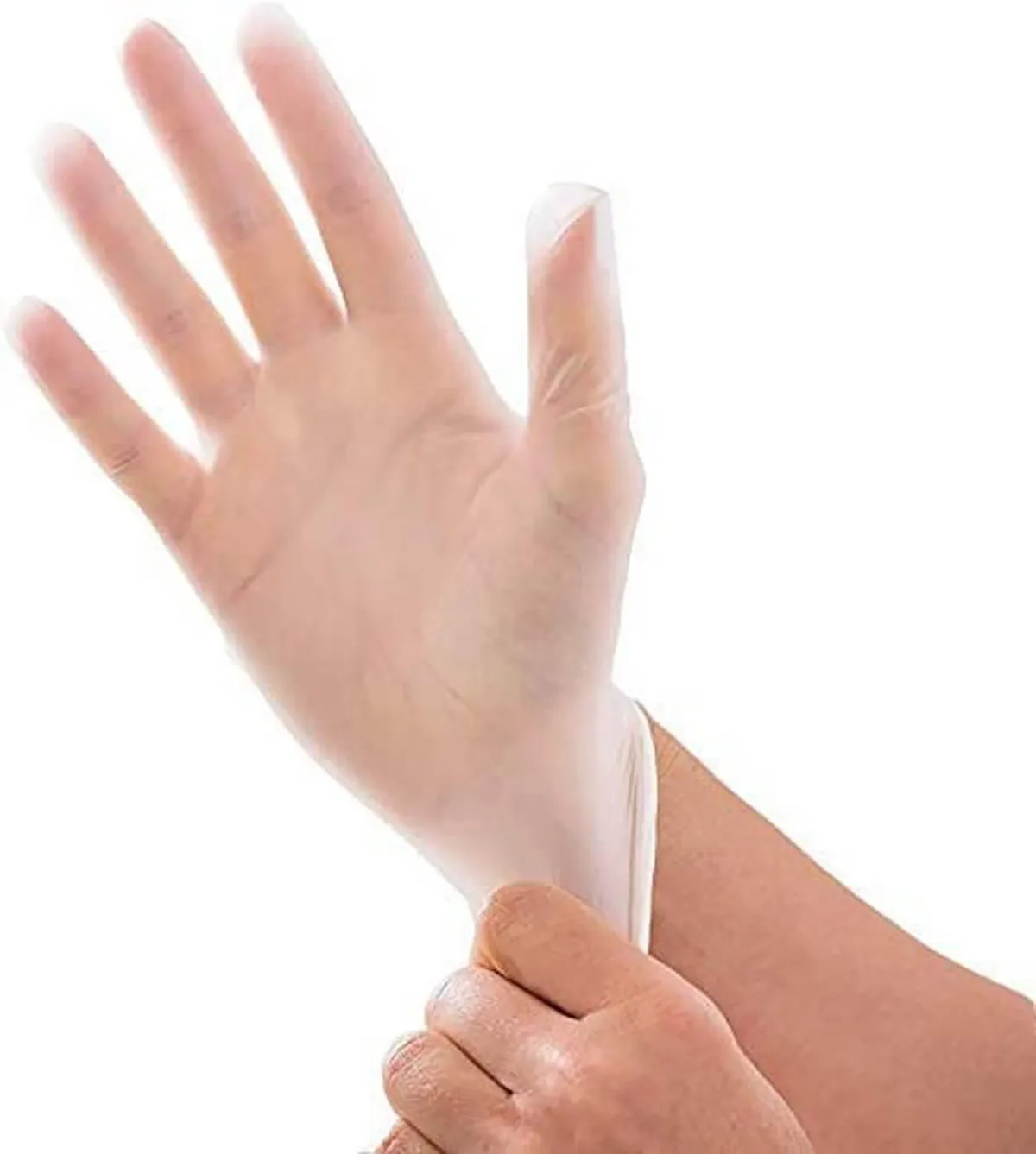
It’s very important to wear protective equipment when dyeing. Dyes are extremely potent and can stain any surface easily (including your skin). Make sure you wear protective gloves and an apron when dyeing.
Remember to also cover your surface with a newspaper in case of any splashes and spills. Be aware that the bowl/spoon you use for stirring your tie dyed creation will get stained too.
The best tie dyeing kits on the market
Picking up the materials for tie dyeing can be time-consuming. Tie dye kits are a great and cost-effective way of having all your tie dye materials delivered to your door.
Most tie dye kits will include everything you need; dyes, bands, protective gear and even pattern ideas. They’re also brilliant because you can be sure that the dye in the kit is the right type for tie dyeing.
To find the right tie dye kit for you, browse our collection of the best tie dye kits. There’s kits for beginners and experts and at a range of price points.
How to tie dye
Tie-dye is a three-step hand-dying process. When you manipulate and bind the fabric you create ‘resists’, which means you are creating areas that the dye cannot reach. This results in amazing patterns once the dye has cured and the fabric is unfolded.
The basic steps of tie dyeing
- The first step is manipulating the fabric by pleating, folding, twisting or crumpling it.
- The second step is binding the fabric using rubber bands (string can also be used but is much more fiddly).
- The third step is applying colourful dyes directly to the fabric
Learn how to tie dye with our tutorial
For more detailed instructions on how to tie dye we’ve created a step by step tutorial. In our how to tie dye guide we talk you through the tie dyeing process and show you exactly how to create your own unique pieces!
To give you even more tie dyeing guidance, we’ve also created a video tutorial. In this video we show you how to tie dye a t-shirt.
What can you tie dye?
When it comes to tie dyeing the sky's the limit! As long as your item is made from an absorbent type of fabric, you can tie dye anything.
Clothing, kitchenware, homewares – anything can be upcycled and upgraded with tie dye. To give you some inspiration, we’ve collected 24 things you can tie dye right here on Gathered. It includes everything from tie dye bedding to tie dye accessories.
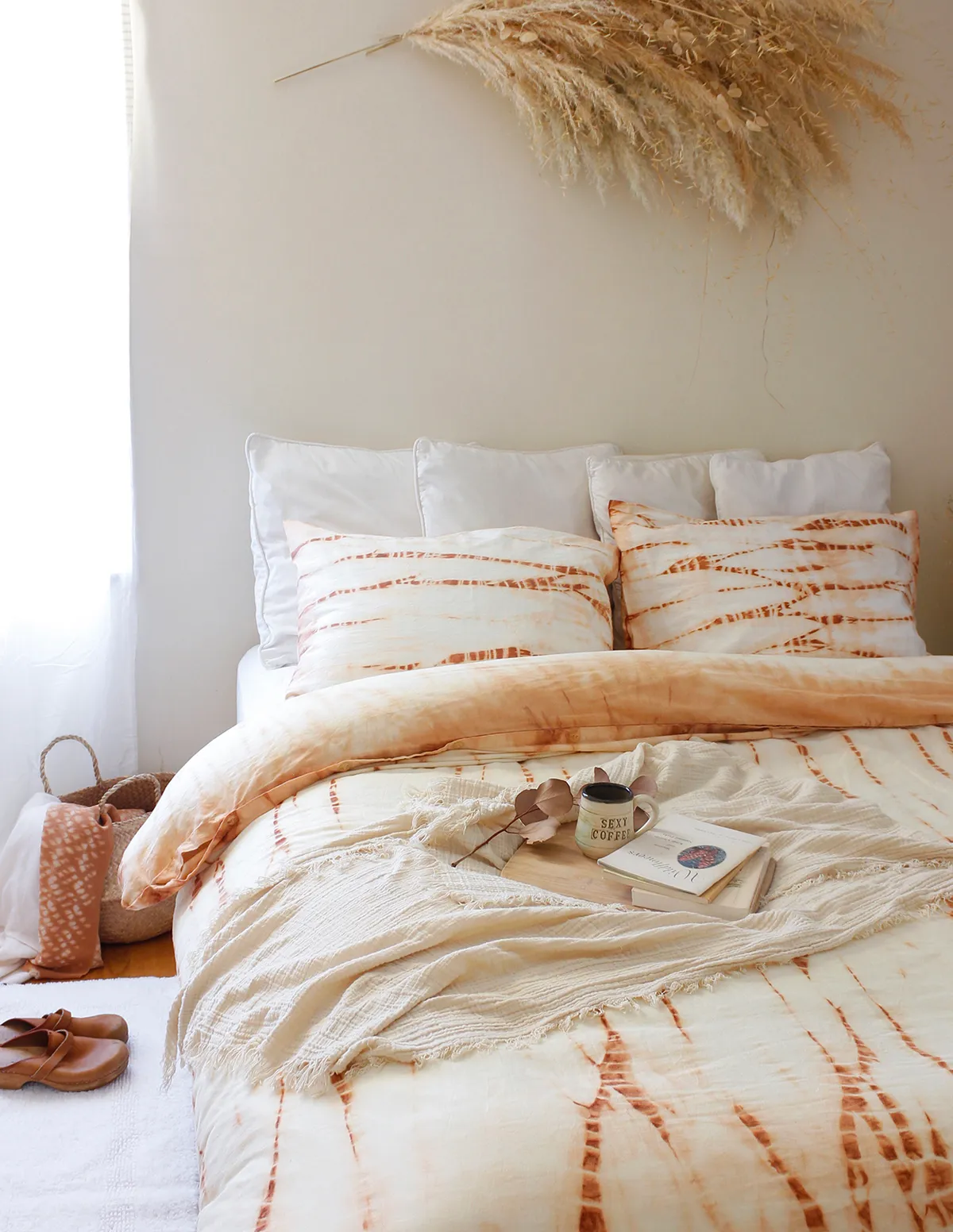
Looking for more ways to upcycle your clothing?
Those who love tie dyeing will also love silk painting! Read our beginner's guide to silk painting to learn about this beautiful technique.
Experiment with more tie dyeing patterns
Now you’ve learnt the basics of tie dyeing and have lots of items to upcycle, you can start experimenting!
There’s hundreds of different tie dye techniques and tie dye patterns out there. From hearts to aliens, you can create unique designs with just some dye and rubber bands. Head over to our collection of tie dye patterns to discover 20 playful designs.
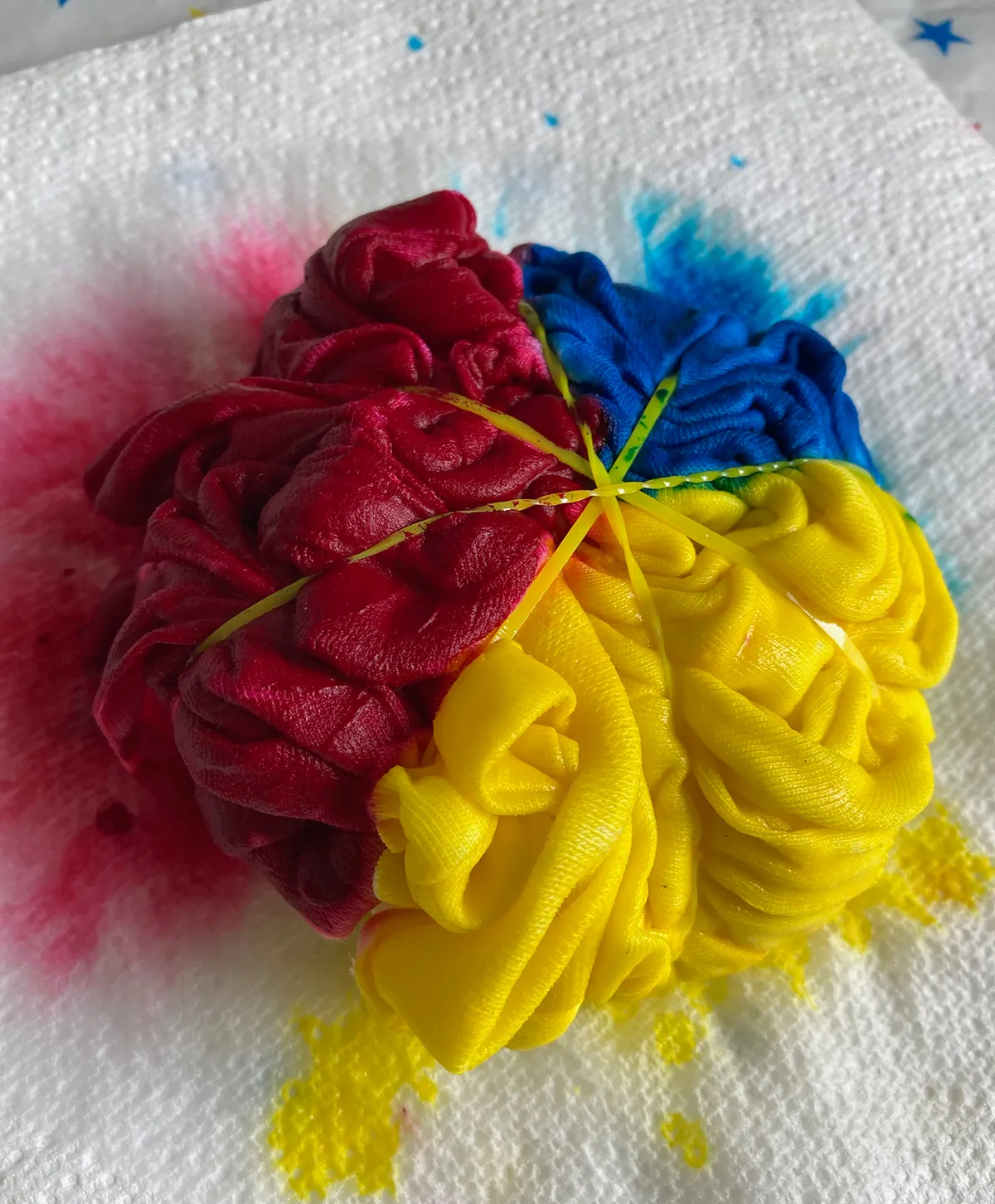
Different tie dyeing techniques
Tie dyeing has grown from its humble, upcycling beginnings into a craft itself. From ancient techniques to modern methods, there’s now hundreds of different tie dyeing techniques. These techniques all produce different results but they’re all equally as beautiful.
Here’s some of our favourite tie dyeing techniques to help you expand your knowledge and find the style which suits you most.
Shibori tie dyeing
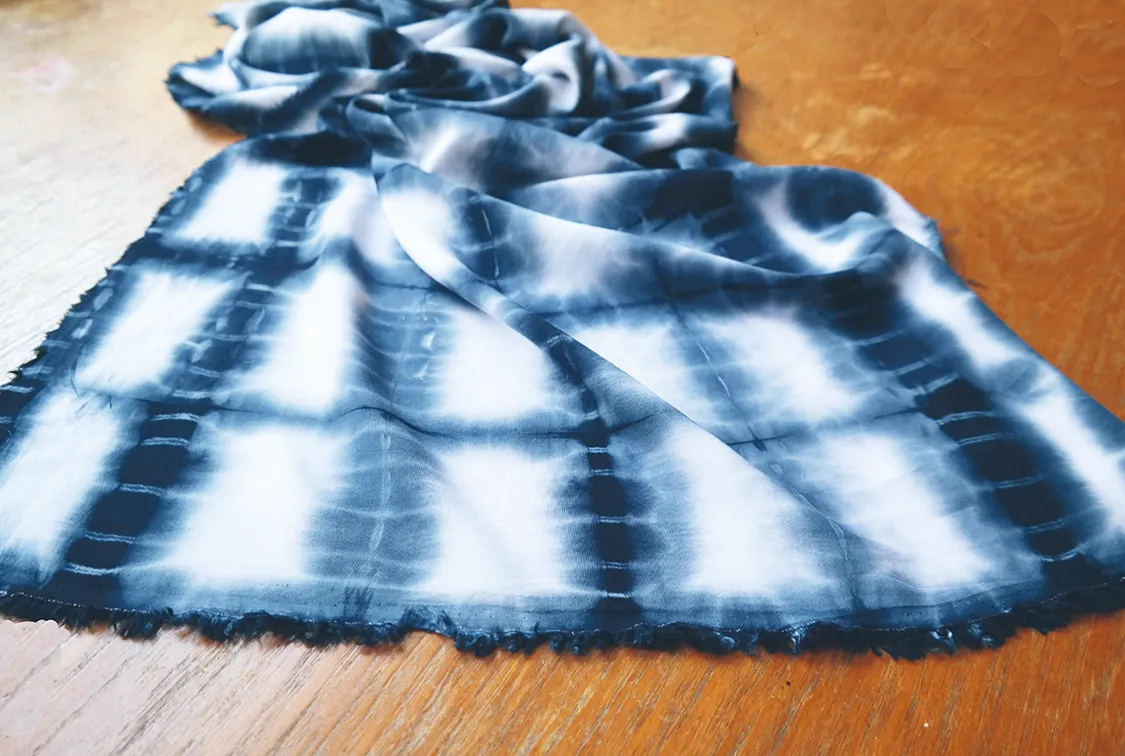
Shibori tie dyeing is an ancient technique with roots in Japan and China. Shibori is a craft in itself with its own unique methods and tie dye techniques.
It’s such a huge and important craft that we’ve created a whole guide for it! Our comprehensive guide to shibori tie dyeing covers its origins, method and several of its most famous patterns.
Crumple tie dyeing
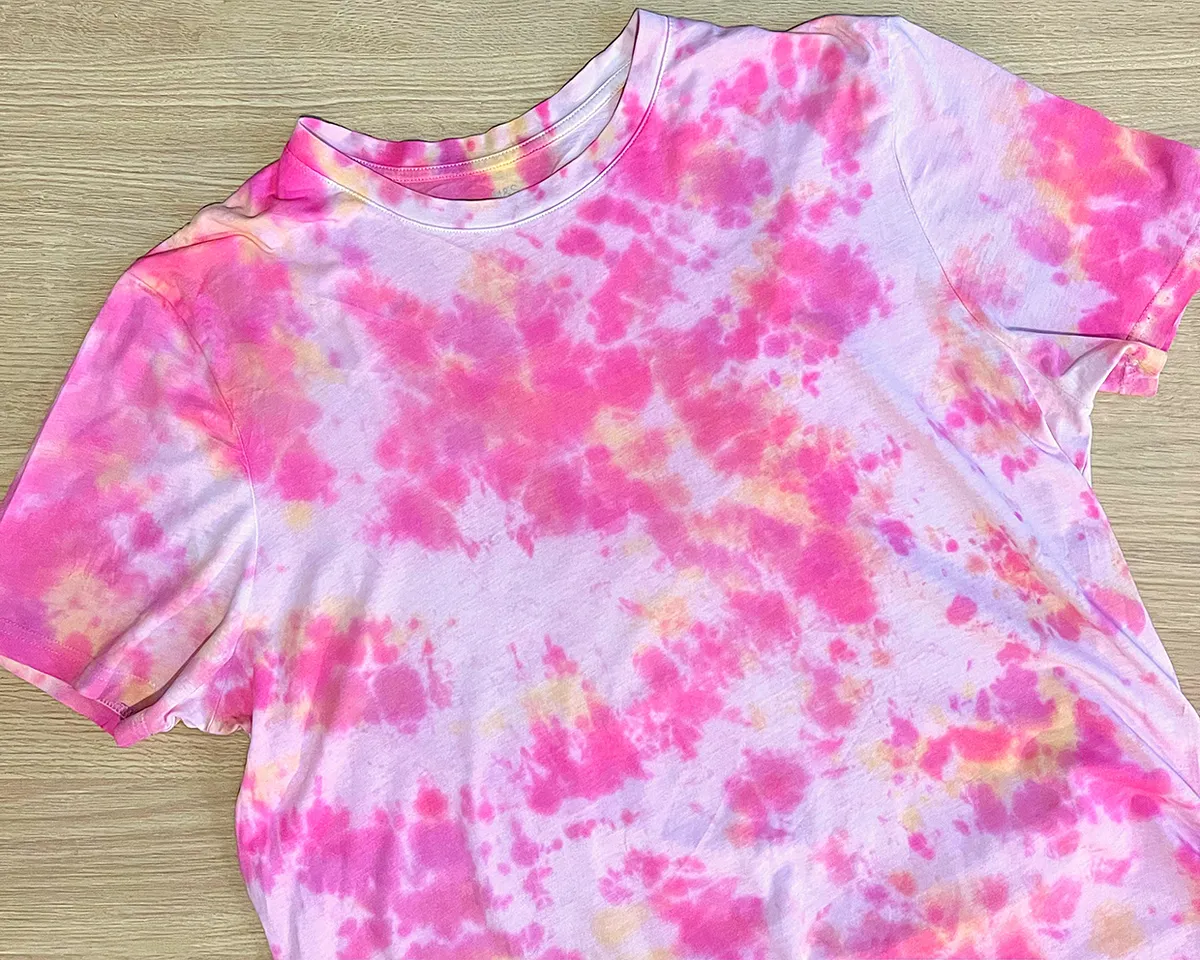
Crumple tie dye is one of the most recognisable tie dye techniques. It’s simple and the perfect technique for beginners and children.
For those of you who are new to tie dyeing we’d recommend following our how to do crumple tie dye tutorial. It has step by step instructions and covers some tips and tricks that are useful for beginners.
Tie dyeing with bleach
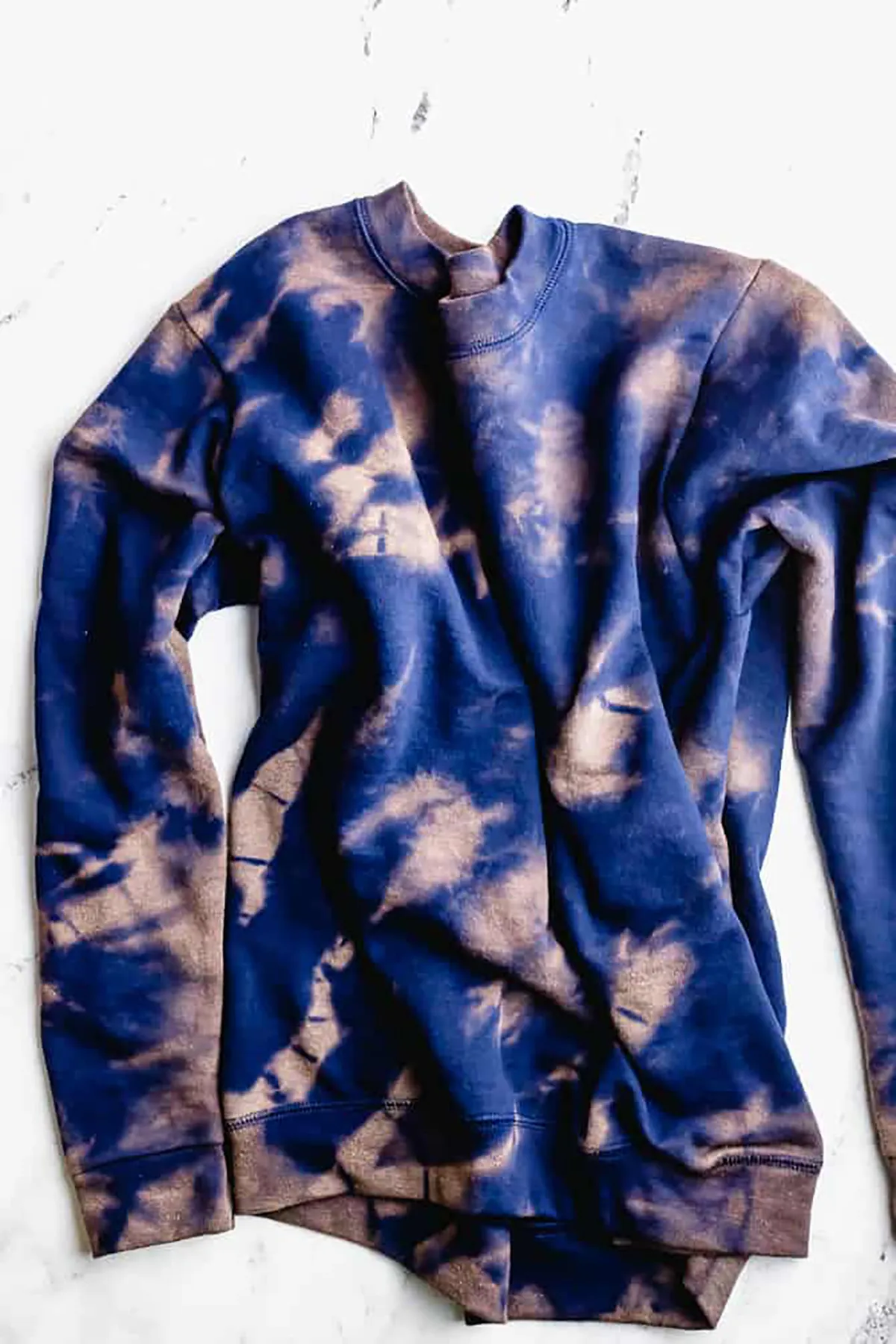
Tie dyeing with bleach produces cool, acid-lookingresults. The process is very similar to traditional tie dyeing; it simply substitutes bleach for the dye. It’s important to be careful when working with bleach and it certainly isn't a suitable tie dyeing technique for children.
Sarah Maker has a brilliant how to tie dye with bleach tutorial on her blog. She’s also created a handy video to help you master the technique.
Eco-friendly tie dyeing

Eco-dyeing is when you create patterns with dye made from natural materials. Natural dyes can be created from a variety of plants, foods and other materials. For example, avocado stones can be boiled to create a gorgeous pink dye.
Just look how beautiful our napkins look now they’ve been tie dyed! Caroline South shows you how to make your own natural dyes using turmeric, tea, cherries and more. Follow Caroline’s eco-dyeing tutorial and make your own pastel napkins.
Ice dyeing
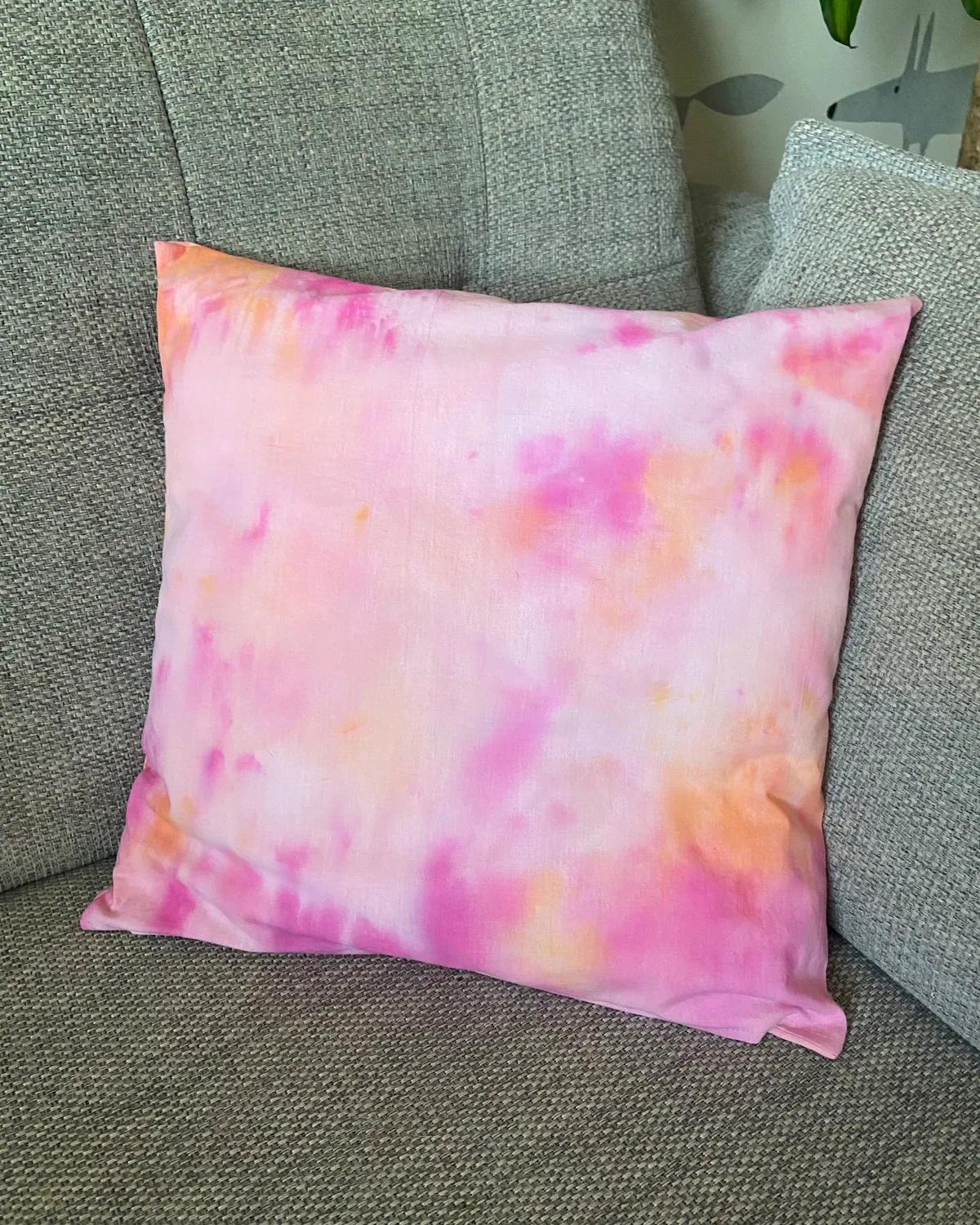
Ice dyeing is a modern technique which has evolved from tie dyeing. The method is very different, using ice and the sun to create a tie dye effect. The results also differ from traditional tie dye. It produces a more subtle, watercolour look – great for people who find classic tie dye too bold.
Our how to ice dye tutorial covers this technique in detail. We cover the method and teach you how to make this pretty cushion cover.
Cyanotype printing
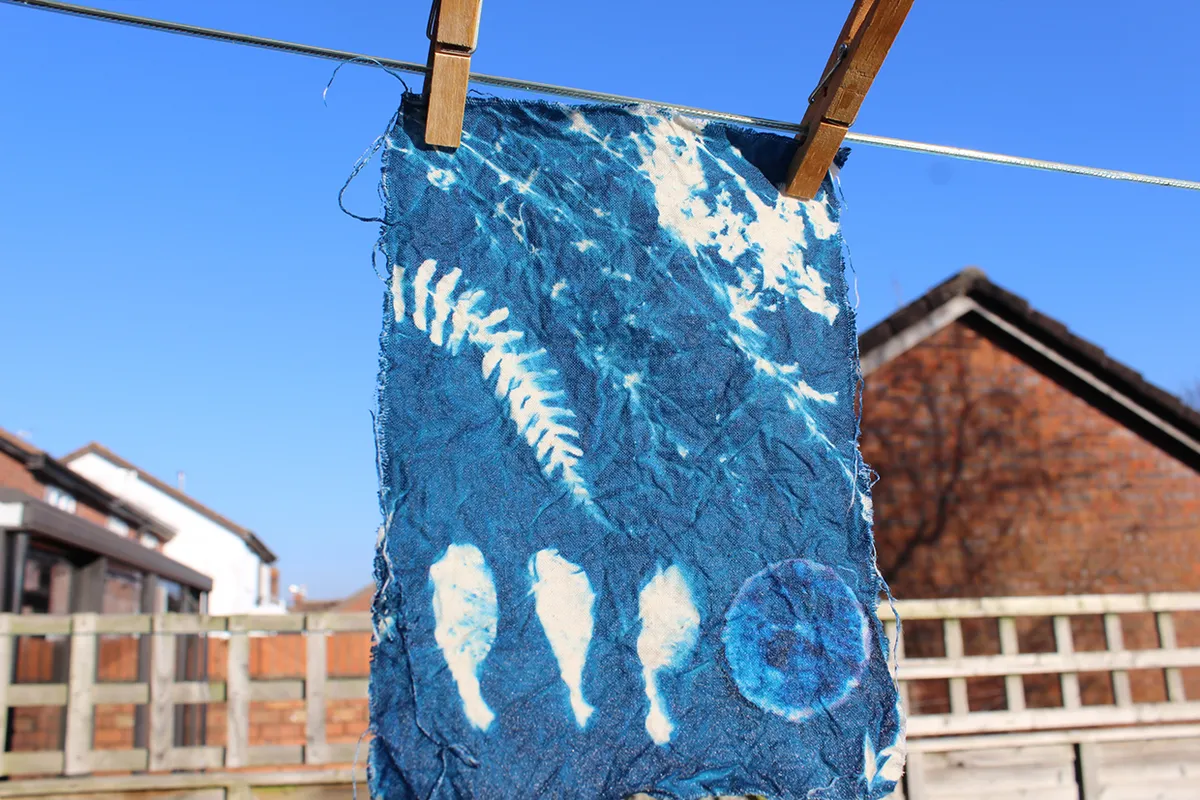
Ok, we know cyanotype printing isn't technically tie dyeing but it is another fab way of creating experimental dye effects! It’s most commonly used to create unique paper prints but it can also be used to upcycle fabrics.
In our complete guide to cyanotype printing, we show you how to create incredible designs using the sun! If you enjoy tie dyeing we think you’ll also love cyanotype printing.
How to care for your tie dye
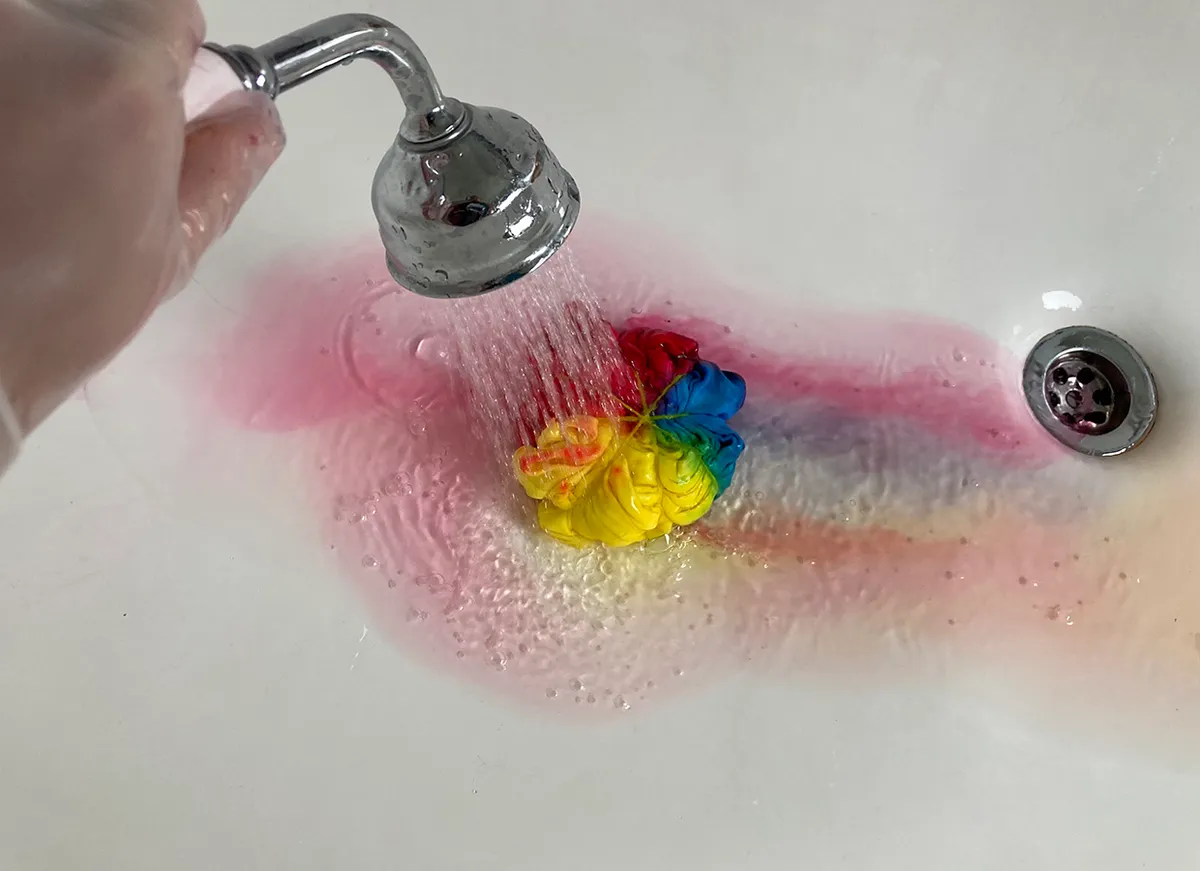
Finally, it’s important to look after your tie dye creations. Washing, ironing and caring for your tie dye pieces is easy when you know how.
Our how to wash tie dye guide is full of tips and tricks to help your items stay bright and bold. We also cover how to wash your tie dye for the first time and some practices you can implement to stop your tie dye from bleeding.
Make life more colourful with tie dye
Tie dye is a fun and easy way to add colour into your wardrobe and home. You can’t help but smile when you see someone wearing tie dye.
By following our tie dyeing guide, you can create one-of-a-kind pieces that stand out from the crowd. All that’s left to do is decide what you’re going to tie dye!
Find more creative projects with Gathered
Now you’ve got all your tie dyeing skills mastered, why not try your hand at other dyeing techniques?
Follow our beginner's guide to Batik Art to learn more about this amazing art technique from the Indonesian island of Java.